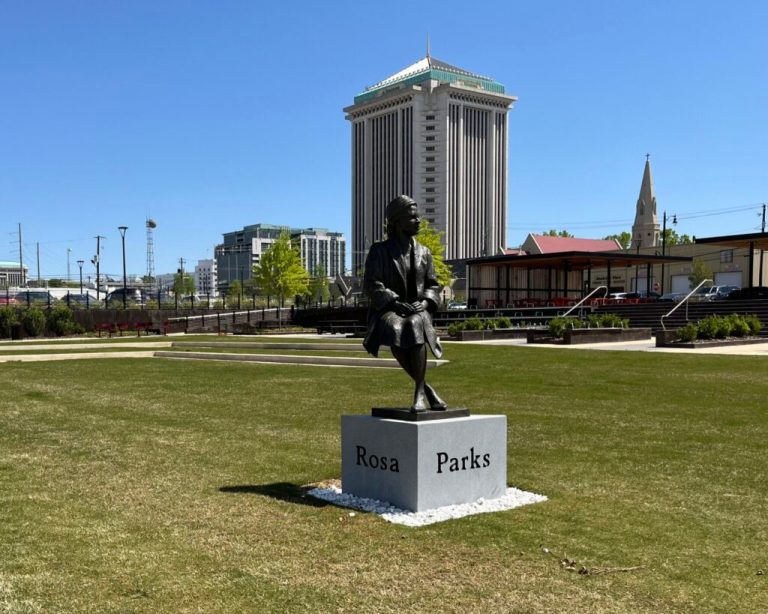Take a tour of Huntsville’s beautiful historic Twickenham District
Reading time: 4 minutes

History of the Twickenham District

In 1818, a Virginian architect named George Steele brought the style of Antebellum homes to Huntsville by building many of the houses that still stand today in the Twickenham District. The area was named by the original owner of the land, LeRoy Pope.
LeRoy was related to a famous British poet of the 18th-century, Alexander Pope, and opted to name the land in honor of him. Alexander lived in the London suburb of Twickenham at the time, and so that was the name chosen to grace what would one day become Huntsville’s famous historic district.

While this is a beautiful area to walk through, we want to acknowledge that the connotation of Antebellum homes and their history involves exploitative slave labor, and is a dark period in Alabama’s past.
Antebellum is actually a Latin word that translates to “before the war.” The Antebellum era that everyone knows of refers to the time period in America after the War of 1812 and before the Civil War.
This was a time of economic growth in the South, primarily due to the plantation system and new agriculture. Much of this wealth, fueled by slavery, was used to build homes for the new-money plantation owners. Many of these owners took inspiration from European styles including Greek Revival, Gothic Revival and Italianate.
This focus on revival architecture of Europe brought us the iconic large pillared, crown molded, balcony studded mansions that we associate with Antebellum homes today.
The area

Here is an outline of the 13 blocks of the Twickenham District, so you don’t get lost when you start your tour around this beautiful area. We recommend a self-guided walking tour to fully immerse yourself in the history of this neighborhood, but driving is definitely an option too.
To see the oldest home in Twickenham, head over to Echols Avenue, where you will find the founder’s house, The Leroy Pope Mansion. Built in 1814, this mansion became a place of many social events throughout the years, and even hosted Andrew Jackson and his soldiers after winning the battle of Horseshoe Bend.
Continue walking, and you will notice that many of the homes have a stake and plaque detailing the history of the houses. This way you can know where you are in the neighborhood and what era you are experiencing through the architecture.
3 historic houses to check out in Twickenham
No matter which road you wander down, you will be met with exceptional architecture and a history that has been preserved through these magnificent homes. Here are three houses you have to hit on your walk and a little about their history.
1. Van Valkenburgh Johnston House
- Built in 1902 by a former Union Colonel after the Civil War
- Well known for its large stain glass window visible from the street, depicting a scene from the Greek myth of Odysseus
- 8,000 square feet and features a ballroom
2. Thomas Bibb House
- Built in 1836 by Thomas Bibb, first president of the Alabama Senate and second governor of Alabama
- Designed in the early Greek Revival style
- Federal officers, including General Sherman, occupied the house during the Civil War
3. The Public Inn
- Built in 1818 by John Adams at the NE corner of Madison St. and Williams Ave. but later moved to its current location
- Believed to have housed some delegates of the Alabama Constitutional Convention of 1819
- Operated as an inn and boarding house from 1819-1821
What are your favorite historic districts in Alabama to explore? Tag us on social @thebambuzz and let us know!

 9162 views
9162 views




